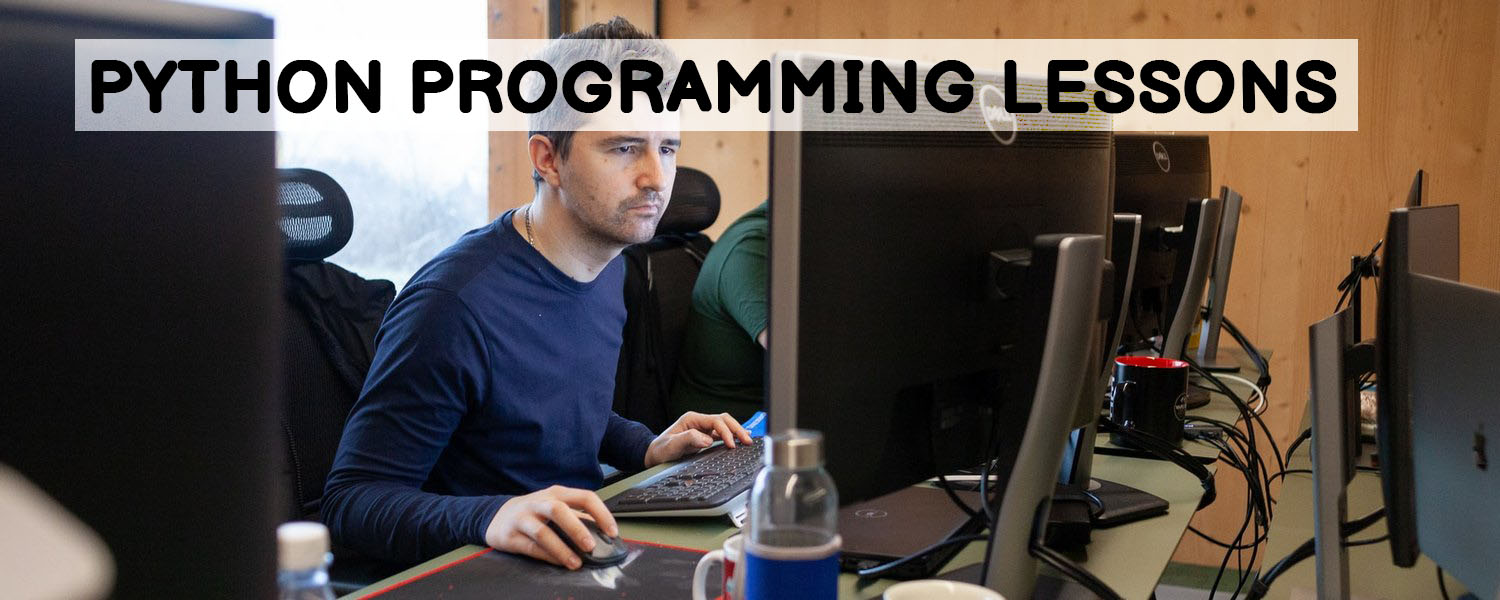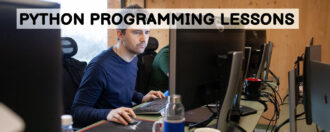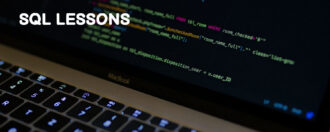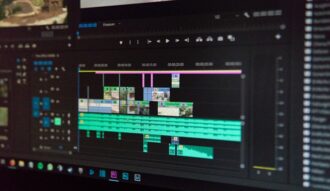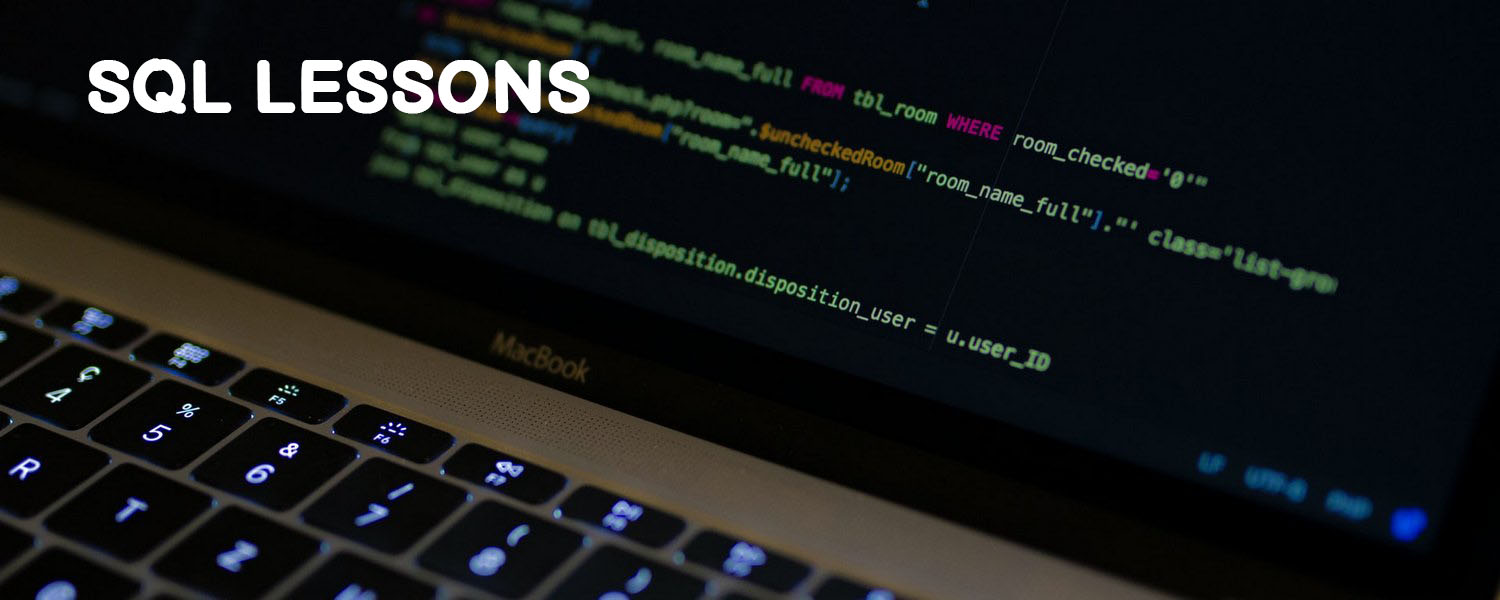
SQL Lessons
Structured query language is used in any program and on a web site to work with databases. SQL is used to define the structure, organize selections according to certain criteria, and remove unnecessary elements.
Queries
Tables with information can be thousands, so the sorting is used to quickly find among the large array of necessary information. From the video lesson you can learn about the concept of “queries”:
- what are created for,
- how to use them,
- the principles of working with requests,
- the formation of requests for certain parameters,
- the list of commands required by the user.
Installing the local server
The main function of the language is to generate a query to connect to databases for languages like Python, C++, PHP, etc. (acting as an intermediary). Main areas of usage are writing all kinds of actions (fetching, updating, adding). Also required for developing applications, websites. SQL is studied in this lesson using the MySQL control system as an example.
Creating databases
At a lesson creation of databases – the containers which contain this or that information is considered. The notion of the database management system – a set of software and language tools for access to change and add information is given. Terminal, DBMS and text editor are needed for development. Shows the creation and deletion of a table, insertion, output, deletion and modification of records.
First steps
The video demonstrates basic SQL commands to create a database and tables within it. Beginners will learn how to delete a database and add additional fields. To begin, it is necessary to get acquainted with the general structure in order to understand the principle of work later. Each individual product should have its own separate database, containing various tables with values, which will be displayed on the left side of the control panel. The tables contain the fields in which the names, values, etc. are prescribed. (can be arbitrary depending on the project).
Basic commands
The lesson gives the basic commands for operating the systematization of data. Initially, it is necessary to have a DBMS installed on your computer. After launching it, you are ready to execute the commands. There is a standard set, which is used in the work to call all databases stored in the system. Names should not contain spaces, to separate the words use the bottom line, are written in capital letters.
Selecting
This video lesson explores how to extract information from various tables. Select, Sort Order, and Limit are used to select. You can select individually or all of the contained records. To do this, you write a special command where you can specify which fields you want to select, and also set a condition (Where), which will select only certain values.
Data types
Basic data types and application situations in SQL, specifically in the dialect Transact-SQL, are shown in the video tutorial. Data can be numeric, date, character, binary, and special, all of which contain the appropriate variables. This includes numeric values, both whole and approximate, text values or images. There are others, but they are rarely used. Each string has its own type, which is chosen from the drop-down window or written manually.
Join
Join is used to combine data from several tables. In this lesson, we study Inner Join, Left Join and Right Join methods. On the example of the tables of store products, people names and orders, we demonstrate how to form the necessary information in one place. Then there is the ability to redistribute by specific parameters.
The JOIN command
The video tutorial shows the types of connection, filled in the linking tables for the “many to many” relation (through the “many to one” relation) and created a linked JOIN request for information from different sources. The video is very easy to understand even with zero training.
Working with queries
- Webinar is devoted to writing queries in SQL with the help of Server Management Studio, a special client application which is installed on a local server and is designed for database administrators.
- working with graphical query building,
- using projects and creating templates, snippets,
- use of keyboard shortcuts,
- customization of the user interface.
Developers who know the programming language have a lot of opportunities to participate in a variety of projects. Specialists with higher qualifications are always in high demand on the IT market.
